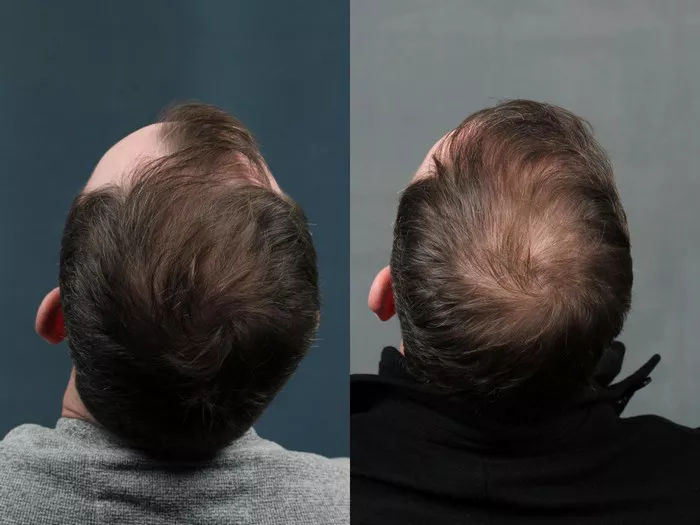Hair loss can be a deeply distressing experience for many individuals. It affects self-esteem and confidence, driving people to explore various options for regaining their lost hair. One popular solution is a hair transplant. However, a common concern is whether one can be “too bald” for a hair transplant. In this comprehensive guide, we will address this question and provide insights into the factors that determine the feasibility of a hair transplant procedure.
What Is a Hair Transplant?
A hair transplant is a surgical procedure that involves the removal of hair follicles from one area of the body (usually the back or sides of the head, known as the donor area) and their transplantation to a bald or thinning area (the recipient area).
Types of Hair Transplants
There are two primary methods of hair transplantation: Follicular Unit Transplantation (FUT) and Follicular Unit Extraction (FUE).
1. FUT (Follicular Unit Transplantation)
FUT, often referred to as the strip method, involves the removal of a strip of scalp from the donor area. This strip is then dissected into individual hair follicles, which are transplanted into the recipient area.
2. FUE (Follicular Unit Extraction)
FUE is a minimally invasive technique that directly extracts individual hair follicles from the donor area and implants them into the recipient area. FUE has gained popularity for its less invasive nature and minimal scarring.
See Also: How Much Does a 3000 Graft Hair Transplant Cost: A Full Guide
Factors to consider when undergoing hair transplantation
Now, let’s explore the factors that determine whether someone can be a candidate for a hair transplant, even if they are experiencing advanced hair loss.
1. Donor Area Availability
The donor area’s availability plays a crucial role in determining the feasibility of a hair transplant. If there is enough healthy hair in the donor area, even individuals with advanced hair loss may be eligible for a transplant.
2. Hair Density
Hair density in the donor area is another vital factor. Higher hair density in the donor area allows for a more substantial number of grafts to be harvested, which can cover a larger recipient area.
3. Type of Hair Loss
The type of hair loss a person is experiencing also matters. Individuals with male or female pattern baldness (androgenetic alopecia) often make excellent candidates for hair transplants, as these conditions typically leave a stable donor area.
4. Expectations and Goals
Individual expectations and goals for the hair transplant are crucial. It’s essential to have realistic expectations about the outcome. A consultation with a qualified surgeon can help set achievable goals.
Can You Be “Too Bald”?
In the context of hair transplants, the notion of being “too bald” is relative. While severe hair loss may limit the amount of coverage achievable with a single procedure, it doesn’t necessarily rule out the possibility of a transplant altogether.
Hair Transplants for Advanced Hair Loss
For individuals with advanced hair loss, multiple transplant sessions may be required to achieve the desired level of coverage and density. This staged approach allows for gradual and natural-looking results.
Combining Transplants with Other Therapies
In some cases, a hair transplant can be combined with other hair restoration therapies, such as medications or low-level laser therapy (LLLT), to enhance results and promote overall hair health.
Consultation with a Specialist
The most accurate way to determine if you can have a hair transplant, regardless of your degree of hair loss, is to schedule a consultation with a board-certified hair transplant specialist. They can assess your unique situation, donor area, and goals, providing personalized recommendations.
Conclusion
In conclusion, the question of whether you can be “too bald” for a hair transplant is not a definitive yes or no. The feasibility of a hair transplant depends on several factors, including donor area availability, hair density, the type of hair loss, and individual expectations. Advanced hair loss may require multiple sessions or a combination of treatments for optimal results. To explore your options, consult with a qualified hair transplant specialist who can provide tailored guidance based on your specific circumstances. Remember that modern hair transplant techniques have advanced significantly, offering hope and solutions for individuals with varying degrees of hair loss.


